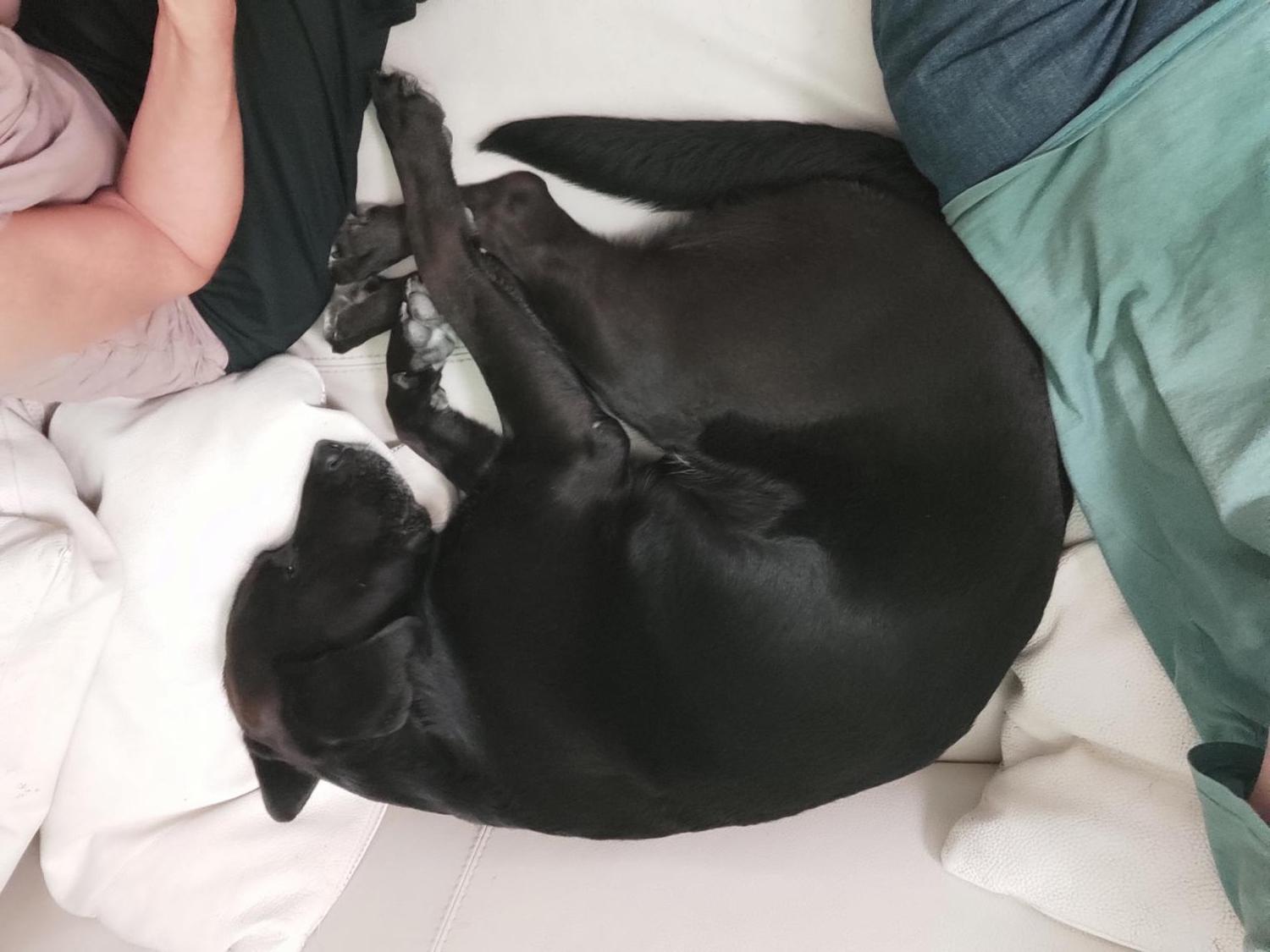-
Recently Browsing
- No registered users viewing this page.
-
Topics
-
Posts
-
Mark keeps a close eye on his forum. I'm sure if you asked him he will reply, he might not do it right away but you will receive his answer.
-
By Neverenoughwatches · Posted
I kind of think the same, the surface under the oil is the same as the surface around the oil. Can epilame both repel and attract , that doesn't quite make sense in simple terms, but is it more complicated than that. When cohesive forces within a liquid are stronger than the adhesive forces of a surface then surface tension is high causing the liquid to bead up. So an applied epilame coating reduces the adhesive force of a surface inhibiting a fluid to wet the surface. So i guess no epilame cannot both repel and attract . If something is keeping the oil in place on top of an epilamed surface then there must be another reason for that. -
I agree with @JohnR725. Oil on an epilamed surface is essentially the same as water on a waxed surface. The same physical properties are at work (surface tension vs. adhesion).
-
I think we all get a lot out of this group, and it has been pivotal in my development by the sharing of knowledge, experience and learning from more seasoned experts such as @JohnR725 and others (you know who you are!) as well as fellow novices. I think that having a backup communication plan in reserve so that if there is a future problem just makes good sense. I don't think anyone is trying to undermine the forum, but if something unthinkable happens, like the Ranfft website for example, then it would be good if those who are willing can still keep in contact. Speaking personally, and I know I risk a charge of heresy, it would be good if Mark could be a little more visible in this forum, and maybe give any insight from time to time on the future/progress of forum and instructional videos etc. even if its just to confirm the status quo. I appreciate he is a busy man with a full time job, but so are most of the rest of us and to post a few lines every now and then shouldn't be too much to ask to reassure the restless villagers. Best outcome for me would be a message saying something along the lines of: "Hi guys, all good, no planned changes... enjoy the forum, will message again next month!" Just my two cents.
-
A nice looking watch !! Did you try 9010, instead of the 9415, on the pallet jewels / escape wheel? And if you did, did you notice a difference?
-









Recommended Posts